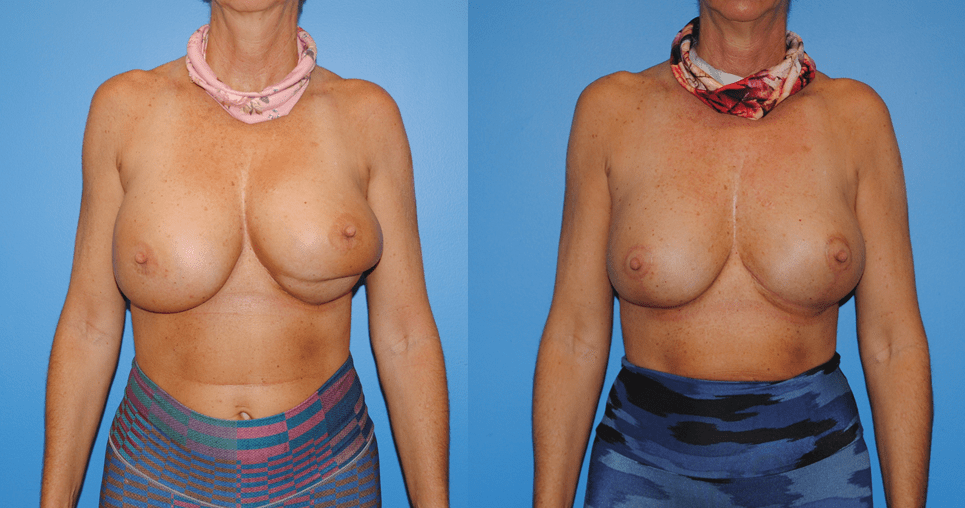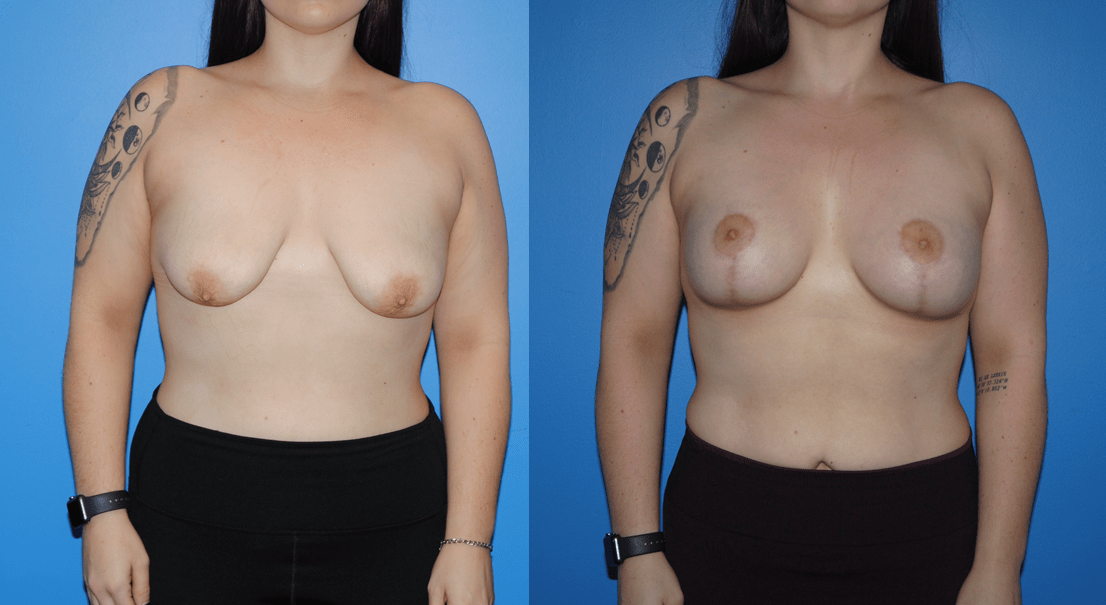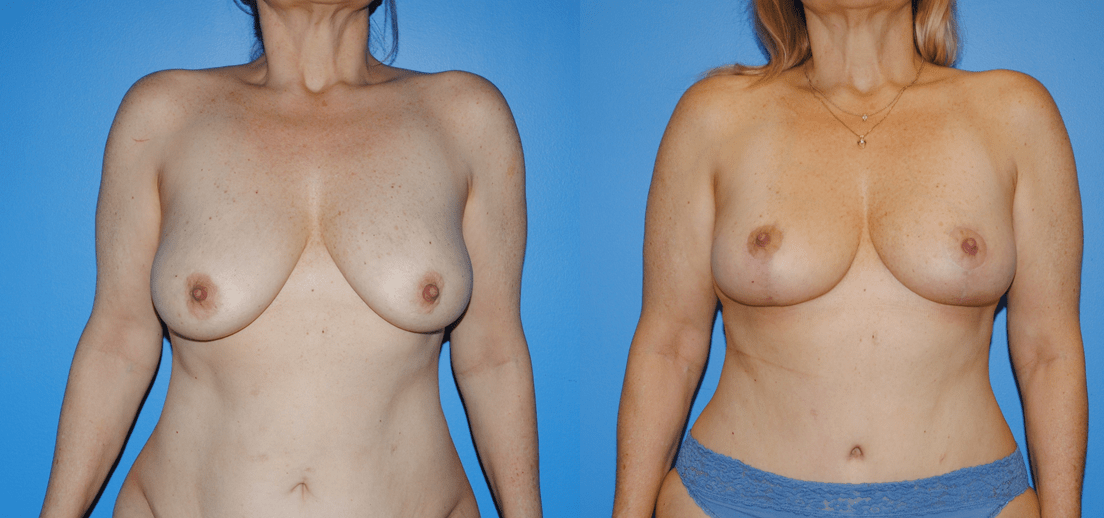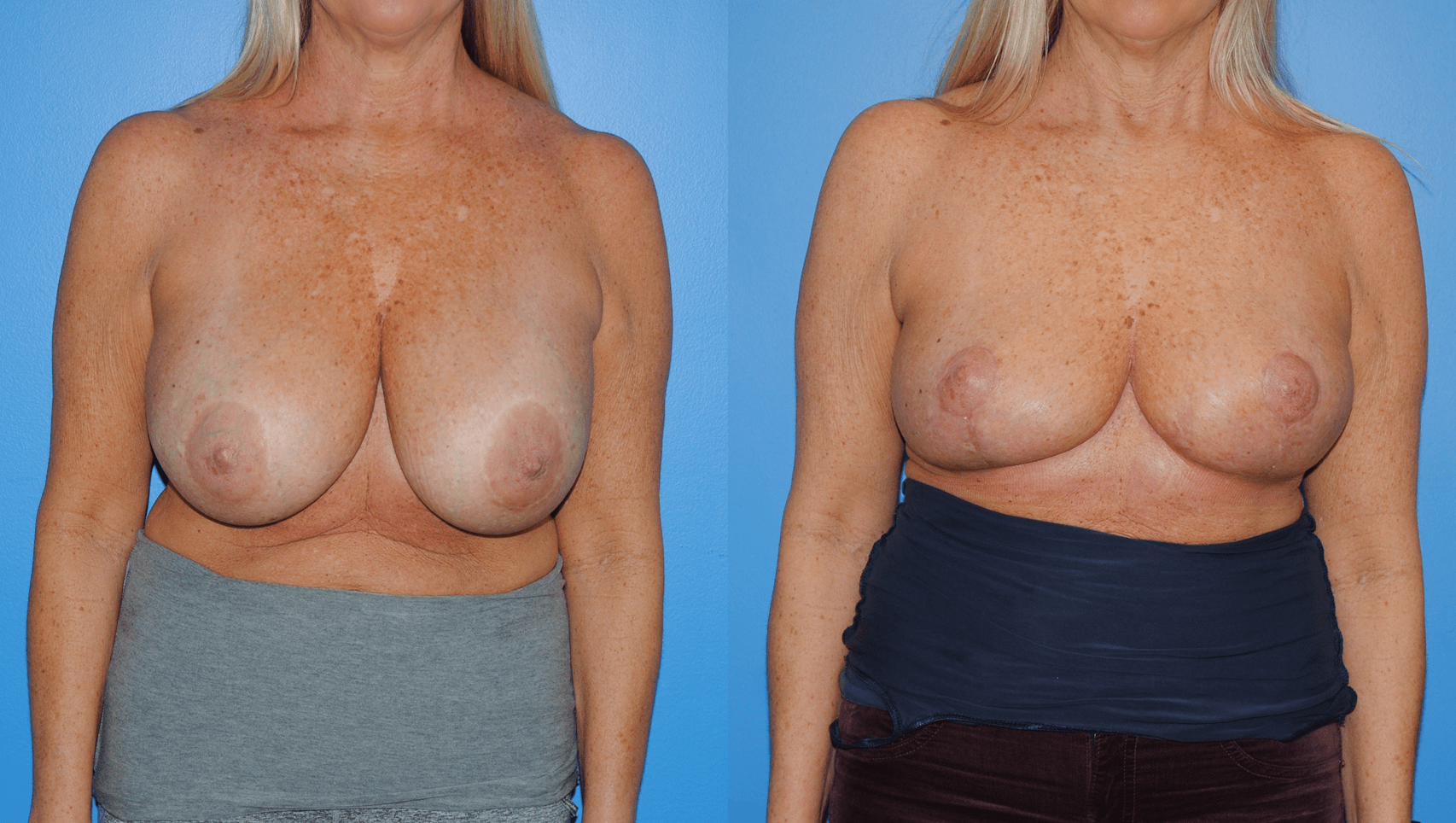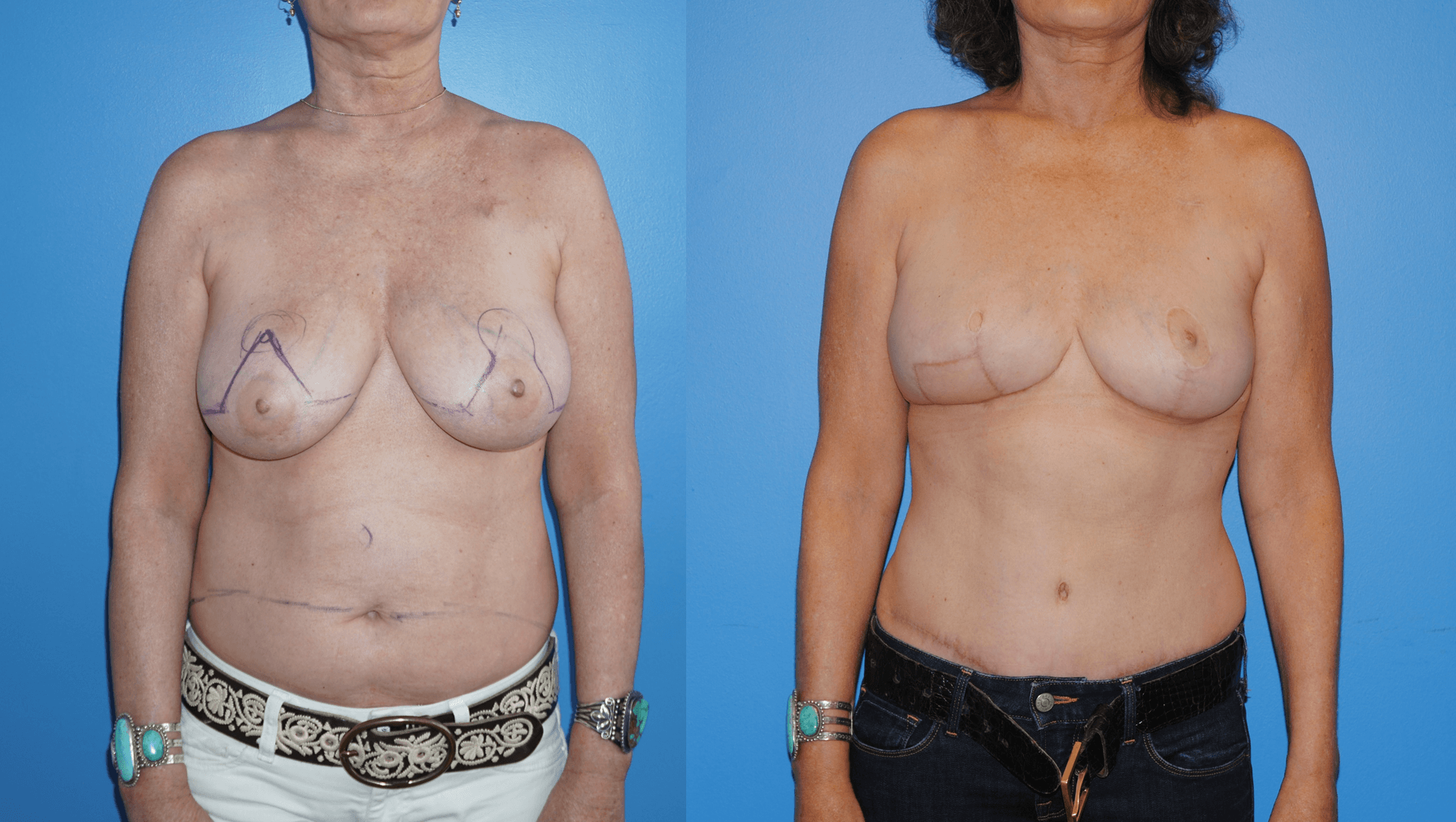Breast reduction is a common procedure. Breast reduction procedures often occur at the same time as a removal of a mammary prosthesis. The satisfaction rate associated with breast reduction procedures is quite high. Patients who request breast reduction often are at a time in their lives when they wish to be more active and more mobile. Breast reduction surgery takes…



